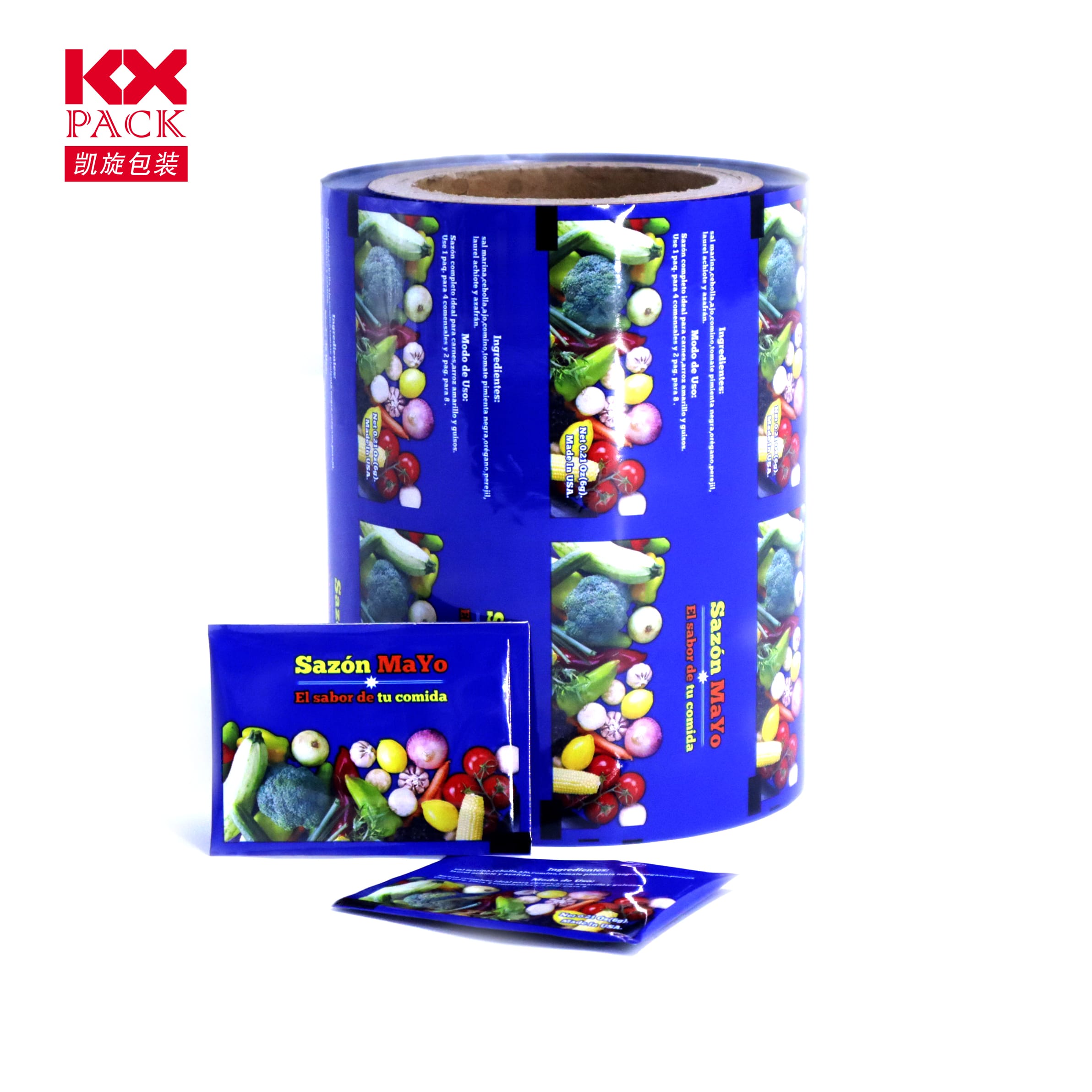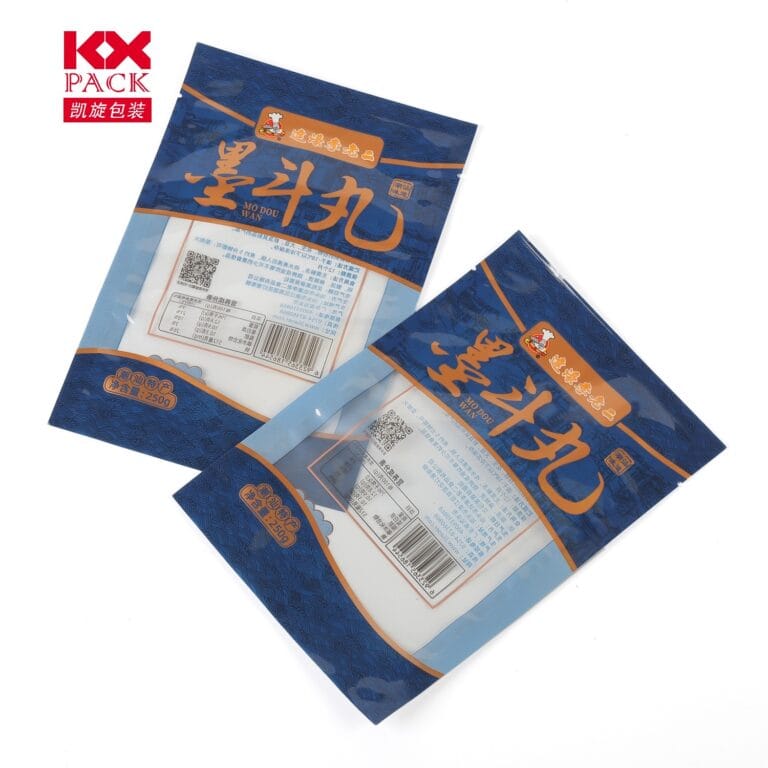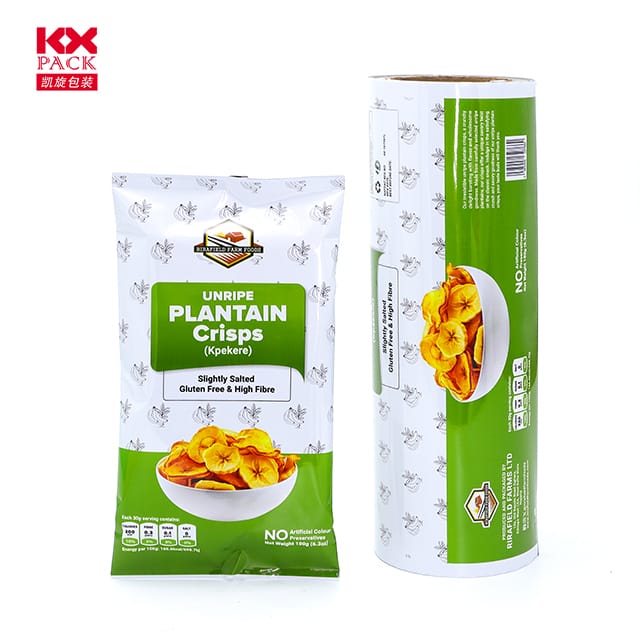Embalaje flexible de películas de plástico: El futuro de Smart, Sostenible, y embalaje versátil
Embalaje flexible de películas de plástico
In a world where convenience, sostenibilidad, y la diferenciación de la marca es primordial, flexible plastic film packaging has emerged as a revolutionary solution. Desde alimentos y productos farmacéuticos hasta electrónica y comercio electrónico, Este peso ligero, El material adaptable está remodelando cómo los productos están protegidos, presentado, y consumido. Let’s dive into why flexible plastic films are dominating the packaging industry—and how they’re evolving to meet tomorrow’s challenges.
Why Flexible Plastic Film Packaging? The Core Advantages
1. Unmatched Versatility
Flexible plastic films—such asBOPP (Polipropileno orientado biaxialmente), MASCOTA (Tereftalato de polietileno), and PE (Polietileno)—can be engineered to meet diverse needs:
- Barrier Protection: Multi-layer films block oxygen, humedad, y luz ultravioleta, extending shelf life by up to 50% for perishables like snacks and coffee.
- Formability: Thermoformable films mold precisely around products, reducing material waste compared to rigid packaging.
- Transparency & Imprimibilidad: Productos de exhibición de películas claras, while high-definition printing options (P.EJ., Flexografía, digital, or gravure) enable vibrant branding without labels.
2. Sustainability in Focus
Lo global Embalaje flexible de películas de plástico mercado, valorado en $341.6 mil millones por 2028, is driven by eco-conscious innovations:
- Películas reciclables: Estructuras mono-materiales (P.EJ., bolsas totalmente de PE) are easier to recycle than traditional multi-layer laminates.
- Opciones biodegradables: Films made from PLA (Ácido poliláctico) o PHA (Polyhydroxyalkanoates) decompose within 6–18 months under industrial composting.
- Liviano: Flexible films use 70% less plastic than rigid alternatives, cutting transportation emissions and material costs.
3. Rentabilidad & Escalabilidad
- Production Speed: High-speed flexographic printing (hasta 1,500 feet per minute) makes flexible films ideal for mass-market brands.
- Reduced Storage Costs: Rolls of film occupy 80% less space than pre-formed containers, optimizing warehouse efficiency.
- On-Demand Customization: Digital printing enables small-batch runs with zero setup costs, perfect for niche products or seasonal campaigns.
Aplicaciones clave en todas las industrias
1. Alimento & Bebida
- Bolsas de pie: Replacing cans and jars for soups, nueces, and pet food, these pouches use 60% less material and feature resealable zippers.
- Embalaje de ambiente modificado (MAPA): Films with oxygen scavengers preserve freshness for meats and produce.
- Retort Pouches: Sterilizable films withstand high temperatures, ensuring safety for ready-to-eat meals.
2. Farmacéuticos & Healthcare
- Child-Resistant Pouches: Embalaje flexible de películas de plástico with tamper-evident seals meet safety regulations for medications.
- Cold-Form Blister Packs: Aluminum-laminated films protect light-sensitive drugs from degradation.
3. Comercio electrónico & Logistics
- Air Cushion Films: Inflatable plastic films replace Styrofoam peanuts, reducing shipping damage by 90%.
- Anti-Static Films: Safeguard electronics from electrostatic discharge during transit.
Technological Innovations Driving the Market
1. Integración de envasado inteligente
- NFC Tags & QR Codes: Embedded in films, these enable consumers to scan for product authenticity, recycling instructions, or promotional content.
- Time-Temperature Indicators (TTIs): Color-changing labels on perishable goods alert retailers to spoilage risks.
2. Advanced Manufacturing Techniques
- Nano-Coatings: Ultra-thin layers enhance barrier properties without adding weight.
- Puntuación láser: Precision cuts allow easy opening while maintaining package integrity during shipping.
3. Circular Economy Solutions
- Reciclaje químico: Breaks down mixed plastics into reusable monomers, enabling infinite recycling loops.
- Upcycling Initiatives: Companies like Dow y Amcor are converting post-consumer films into new Embalaje flexible de películas de plástico materiales.
Desafíos & Future Trends
1. Recycling Infrastructure Gaps
Solo14% of flexible packaging is recycled globally, largely due to contamination and lack of collection systems. Solutions include:
- Standardized Labeling: Clear recycling instructions to educate consumers.
- Deposit Return Schemes (DRS): Incentivizing returns of used films.
2. Presiones regulatorias
Governments are imposing stricter rules on single-use plastics. Por ejemplo, elDirectiva de plásticos de un solo uso de la UE prohíbe las películas no reciclables por 2030.
3. The Rise of Bio-Based Alternatives
By 2030,30% of flexible films are expected to be plant-derived, reducing reliance on fossil fuels.
Conclusión: Flexibility Is the Future
Flexible plastic film packaging isn’t just a trend—it’s a strategic imperative for brands aiming to balance performance, sostenibilidad, y costo. As innovations likesmart sensors, compostable materials, and closed-loop recycling gain traction, the possibilities are endless.
Por negocios: Embrace flexibility by partnering with suppliers who prioritize circular design and transparent sustainability reporting.
For consumers: Look for brands using recyclable or compostable films, and recycle properly to close the loop.
The packaging revolution is here—and it’s flexible. 🌱✨
What’s your favorite example of innovative flexible packaging? Share your thoughts below!







